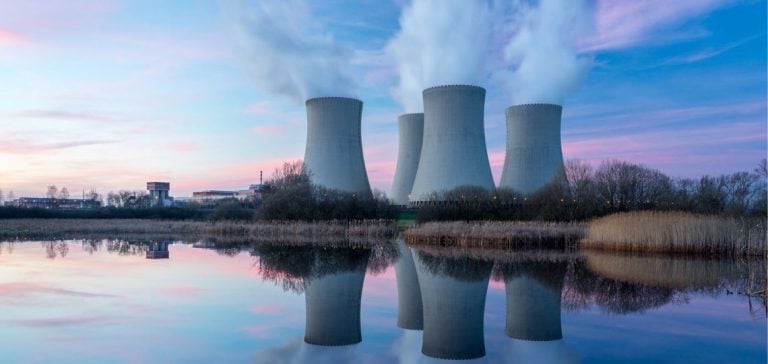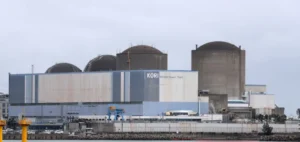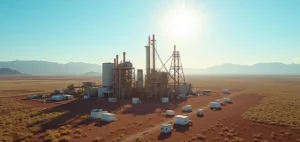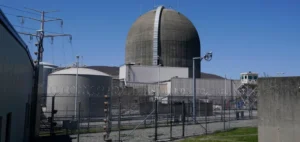The nuclear sector, which has long been on the back burner, is enjoying renewed interest in the current context of the fight against climate change. However, despite the ambitions expressed by industry players, the promise to triple global nuclear capacity by 2050 remains largely unfulfilled.
An expert report, the “Annual Report on the State of the Global Nuclear Industry”, highlights the challenges facing this revival, pointing out that, apart from a notable increase in Asia, particularly China, progress remains limited.
The report states that to meet carbon neutrality targets, it would be necessary to triple global nuclear capacity.
This would involve a combination of existing reactors, new generation units and modular mini-reactors.
The OECD’s Nuclear Energy Agency estimates that around 25 gigawatts of capacity would need to be added each year, taking installed capacity from 394 GW in 2020 to 1,160 GW in 2050.
However, in 2023, only five new reactors, representing a capacity of 5 GW, were commissioned, while five others were shut down, resulting in a net decrease of 1 GW.
The challenges of nuclear revival
Mycle Schneider, coordinator of the report, points out that “just to maintain current capacity, we would already need to commission 10 reactors a year”, which would mean doubling the rate of construction observed in 2023.
He adds that “tripling capacity by 2050 would mean building between 800 and 1,000 additional reactors, which is impossible”.
These statements highlight the structural obstacles standing in the way of a nuclear revival, in particular the need to rebuild an appropriate training and supply chain.
The report also points out that the sector faces considerable financial challenges.
Nuclear projects are long and costly, making them difficult to finance.
By mid-2024, 59 reactors were under construction in 13 countries, but the majority of these projects are concentrated in China and Russia.
China, with 27 reactors under construction, is concentrating on its domestic market, while Russia, the international market leader, is overseeing 26 projects, 20 of which are in other countries.
Stagnant market share
Nuclear power’s share of electricity generation remained stable at 9.15% in 2023, reaching its lowest level for four decades.
On July 1, 2024, 408 reactors were in operation, representing a capacity of 367 GW, an increase of one reactor on the previous year, but well below the peak of 438 reactors reached in 2002.
This stagnation raises questions about the long-term viability of nuclear power as a solution for meeting decarbonization targets.
The future prospects for nuclear power therefore depend on the ability of industry players to overcome these challenges.
The need for international coordination and strong political support is more relevant than ever.
Ongoing discussions between OECD member countries on the levers for action to revive the atom could play a crucial role in revitalizing this sector.
The stakes are clear: without concerted action and significant investment, nuclear power risks remaining an unfulfilled promise in the fight against climate change.
Industry players have to navigate in a complex environment, where expectations are high but industrial and financial realities pose major challenges.
The revival of nuclear power, while essential to the energy transition, requires a pragmatic and realistic approach to avoid running up against insurmountable obstacles.





















